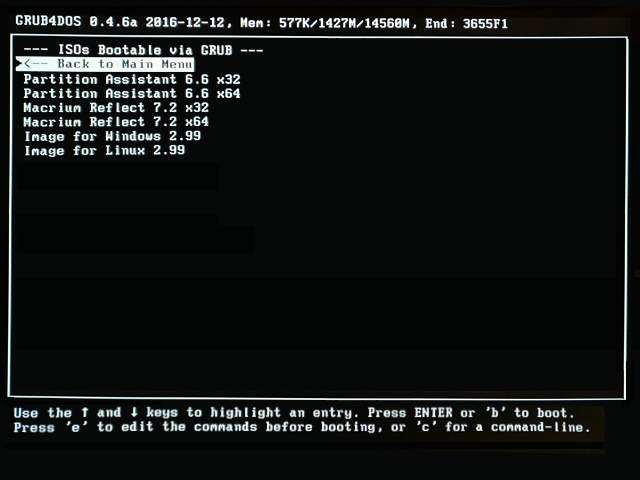

Windows did install its own boot manager and place it in front of my Linux GRUB install, so I could no longer boot and got a Windows boot manager error message since the Ventoy USB was unplugged.įortunately this was easy enough to fix, press F12 on boot and select your Linux drive. This all worked well with warm reboots, but I shutdown and did a cold boot and now I discover Windows didn’t play nice. It functions as a full Windows install on my Framework, doesn’t alter my Linux install on my SSD and lets me do all the other things you can do with Ventoy like add other Linux install environments.

HEY WAIT! You can! You can install a Windows VM. I would much rather have Windows run off a Ventoy drive so I could also use it for Linux installs. I have Windows 10 in a VM but it’s misconfigured and can’t access USB. I won’t have this very soon once I sell my old laptop.

Also WTG can only be written by Windows, and a fast Windows PC at that. The entire drive gets taken up and can’t be used for other things. I previously ran it in a Windows To Go drive, but WTG is so limiting.

It cannot run by command line, it needs to install to a GUI and since the Windows installer doesn’t have this type of environment, it errors out with a “this version of Windows is not supported” error. Unfortunately WD Dashboard doesn’t run this way. I just kept pressing F12 as the logo appears on boot).Īnd inspired by this success, I tried to run the WD Dashboard software to update the firmware in my WD SN850 SSD I have installed. Reboot your computer and use F12 to access the boot menu (this can take a few tries to get the timing right. Once you’ve followed the above instructions, click on “Start” to create a bootable USB drive.I didn’t have a “Windows To Go” or a windows machine to use, but I wanted to do the BIOS upgrade.Ĭopy the ISO onto your new Ventoy USB driveĭownlaod the BIOS exe and put the exe on the USB drive also Step 4: Click on Start to create a bootable device It helps you to store the changes that you have made in Live Boot.įor the sake of simplicity, we will not touch on any other options to avoid confusion. If you don’t know what persistent partition size is, then I’ll explain it in a simple way. Persistent partition size:It is a new feature introduced in Rufus that users desperately miss. On the right side of the current screen, click on “Select” to specify the downloaded ISO file location. You do not need to change the default options “Disk or ISO image” unless and until you have a different objective. In the case of multiple USB drives, select the USB drive that you want to use for bootable from the drop-down menu.īoot selection: At this step, you need to provide the ISO file location for which you want to create a bootable device. Device: In this drop-down menu, you will find the connected USB device name along with the USB disk size.


 0 kommentar(er)
0 kommentar(er)
